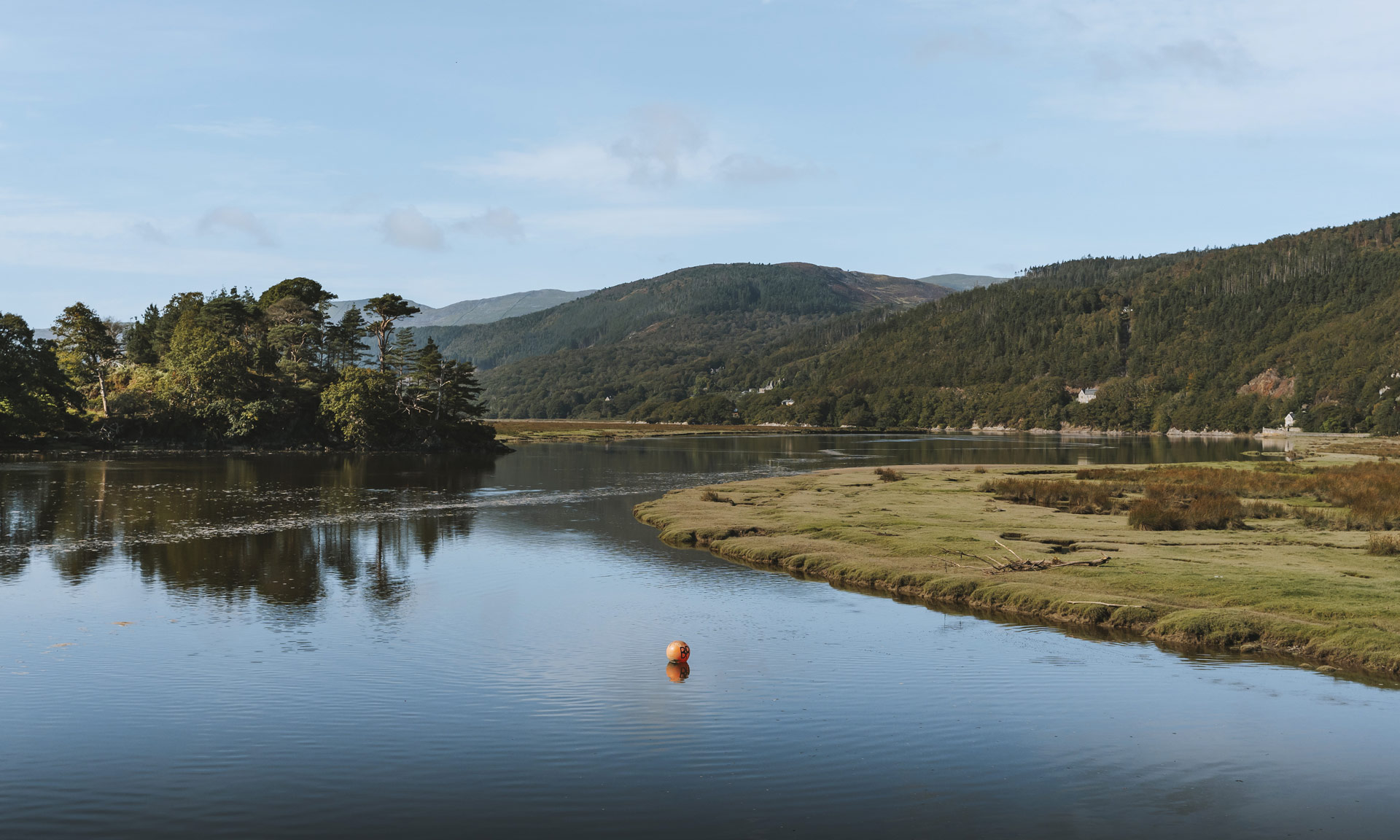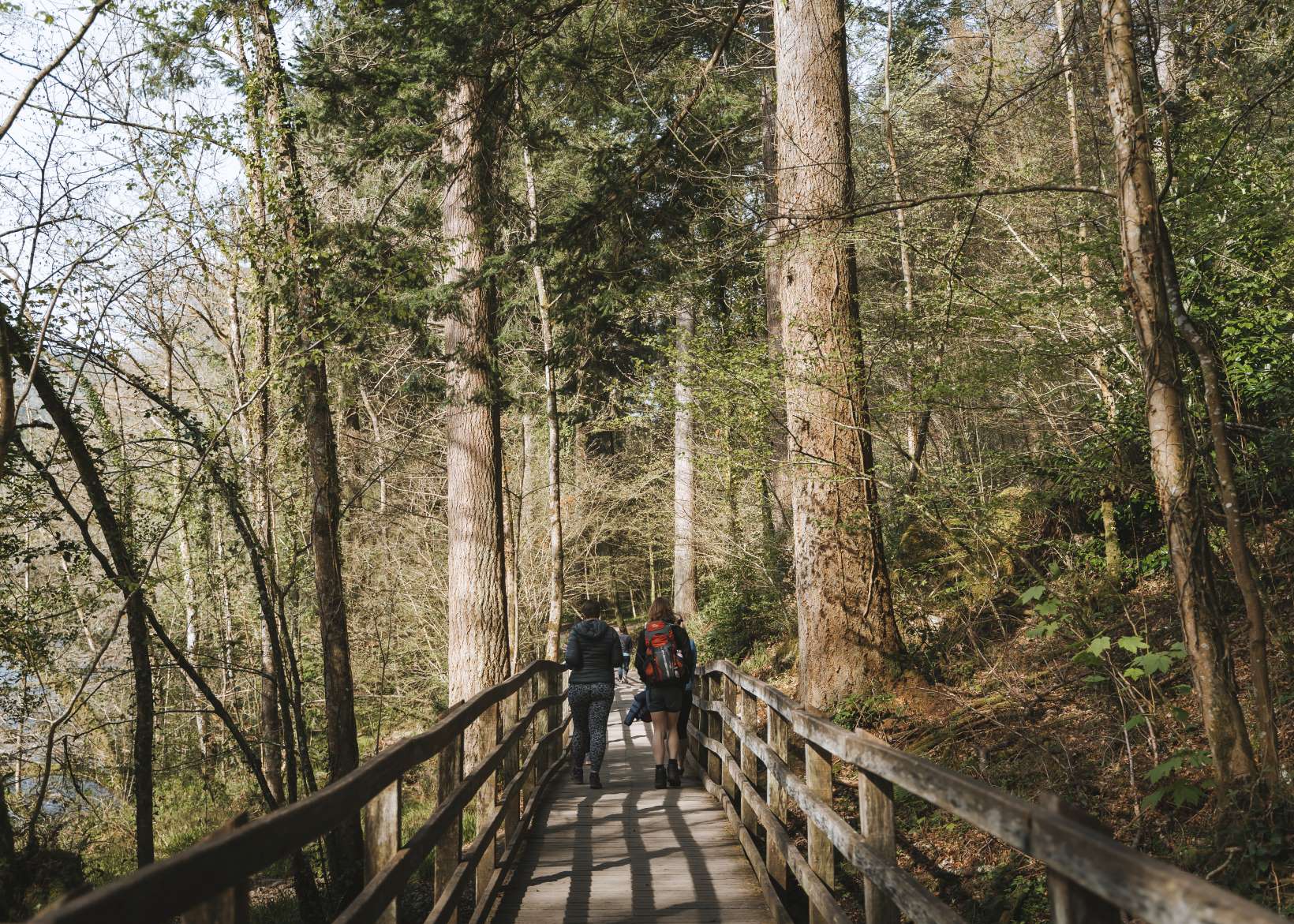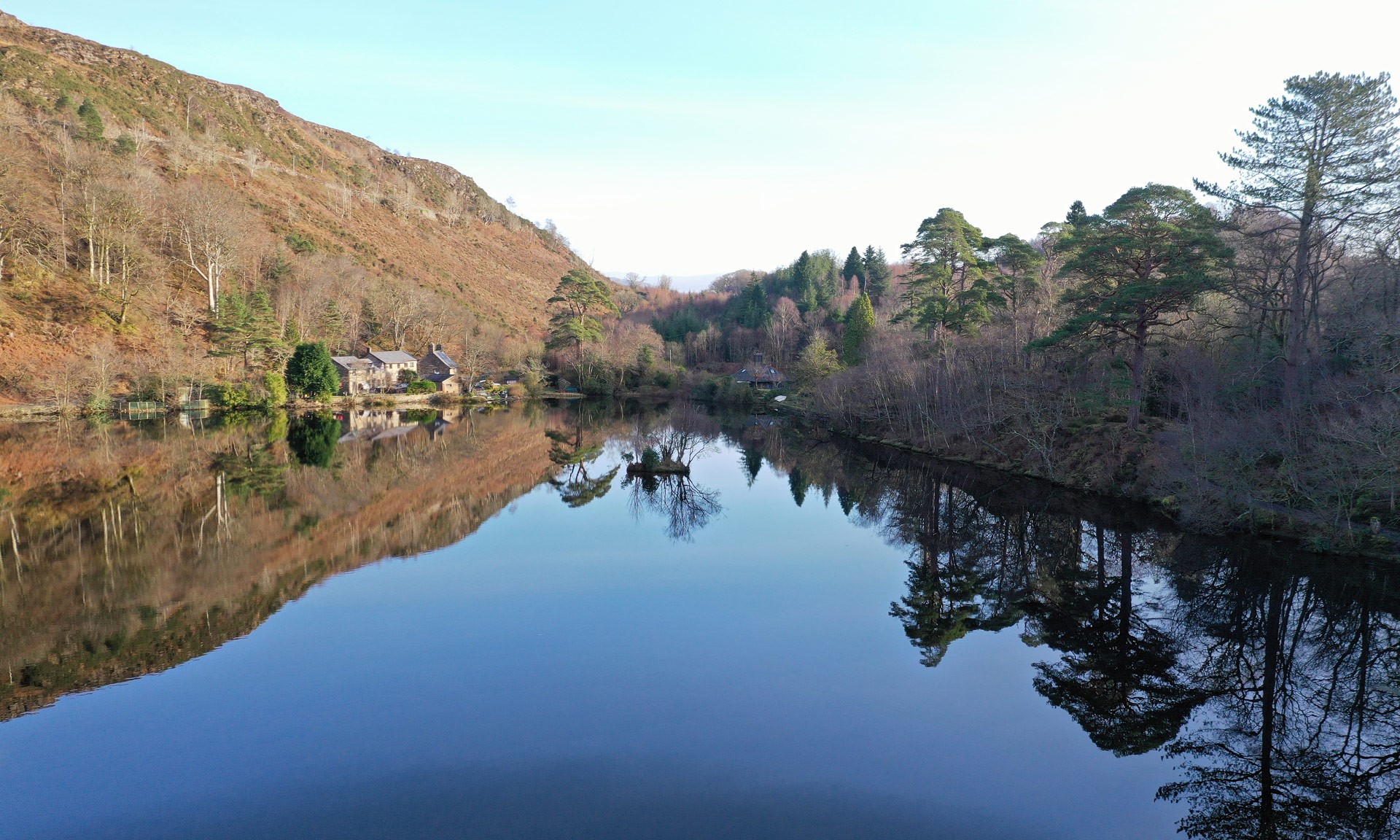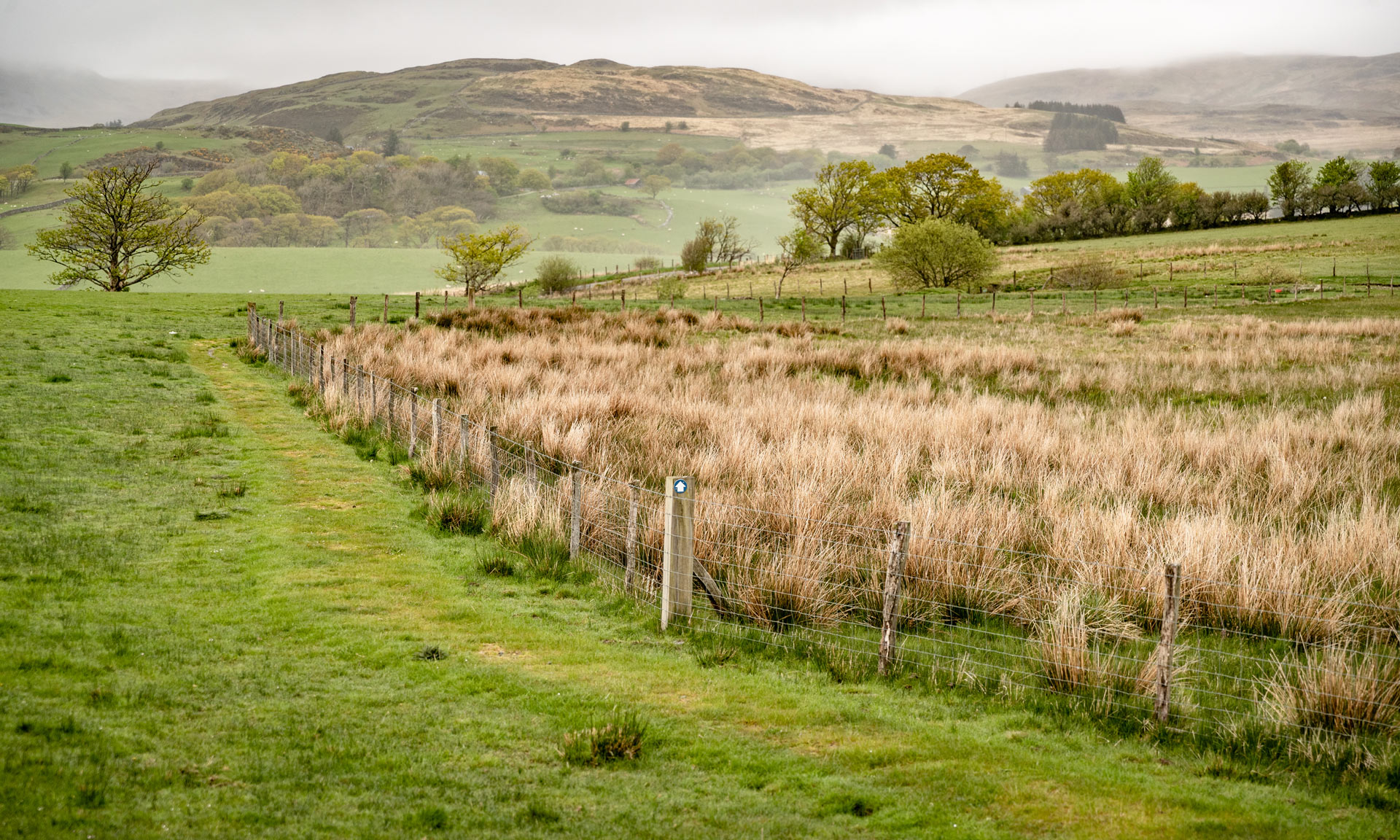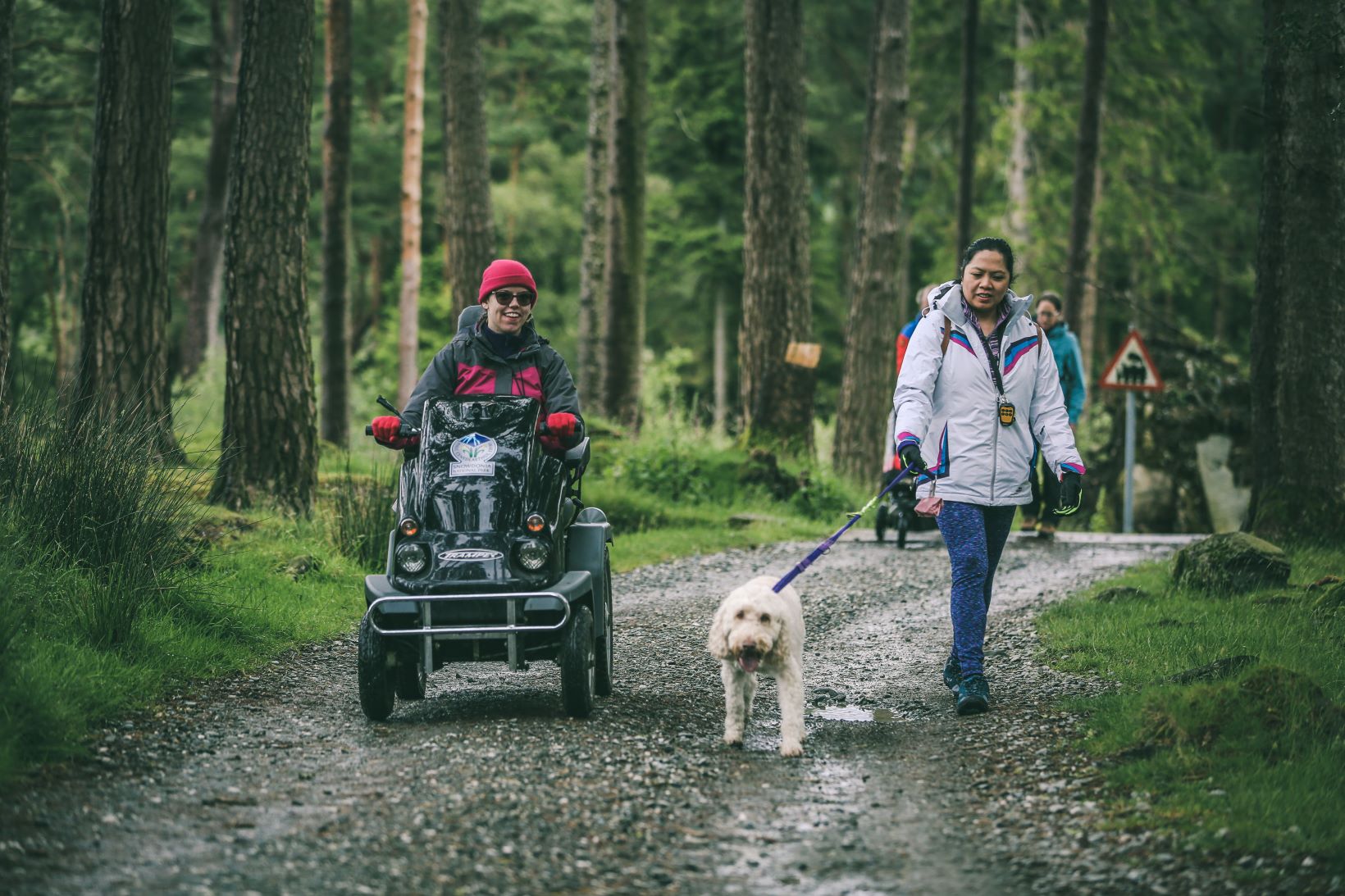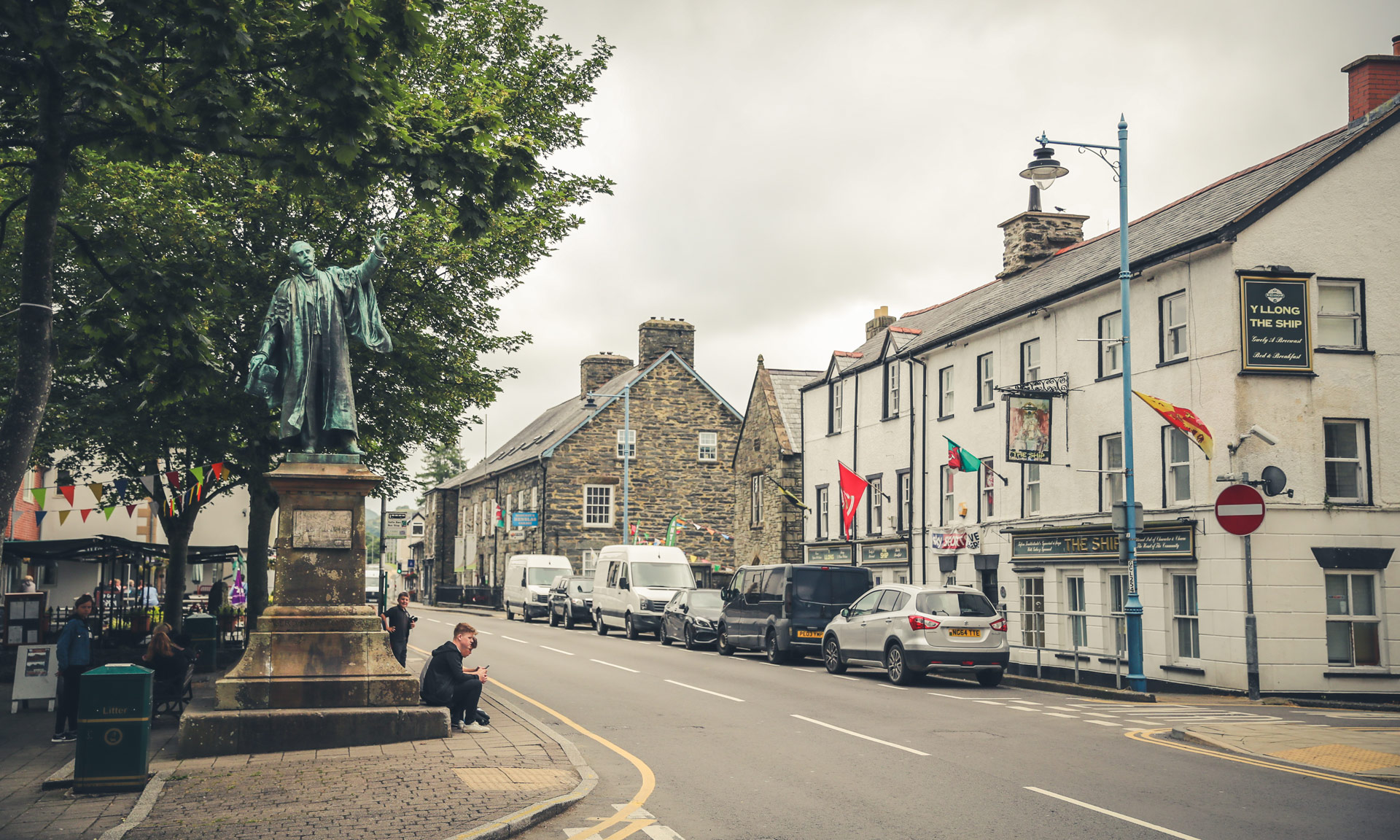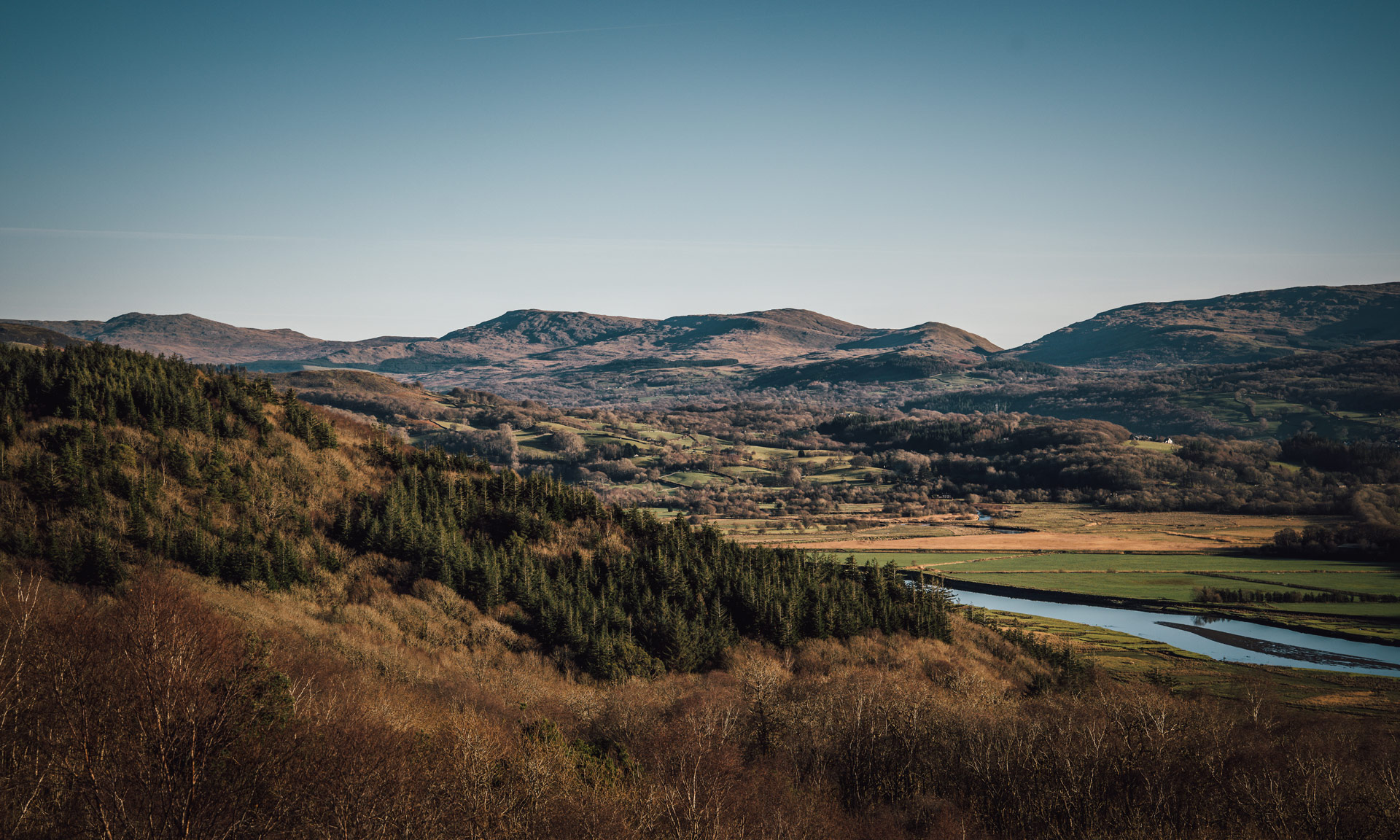This walk will take you through the charming village of Betws-y-coed and across the many bridges that traverse the Llugwy River. Betws-y-coed is one of the National Park’s most popular and quaint villages. One with a rich history that dates back to the Victorian era.
This route offers a leisurely and picturesque stroll through majestic woods and along the winding banks of the Llugwy River. As an easy route, it can be a fantastic family-friendly excursion and an ideal choice for those seeking an enchanting experience, complete with charming picnic spots.
© Crown copyright and database rights OS AC0000825604. Use of this data is subject to terms and conditions.
The National Park Authority has categorised this route as an easy route. It is suitable for people of most ages and fitness levels. The terrain is predominantly a well-formed track or path with some steps or surfaces that are gently undulating. Trainers or comfortable walking shoes are recommended.
Start/Finish
Cae Llan Car Park, Betws-y-coed
Relevant OS Map
OS Explorer OL17 (Snowdon & the Conwy Valley)
Betws-y-coed is well-connected with public transport including train and bus links.
The Traveline Cymru website is a great way to plan your journey to Betws-y-coed.
If you’re visiting Betws-y-coed by car, always park in designated parking places and never in areas where you block entrances to fields or residential areas.
Cae Llan Car Park, Betws-y-coed
Owned by Eryri National Park Authority
Stay safe and help protect the countryside by reading the information about safety and following the Countryside Code.

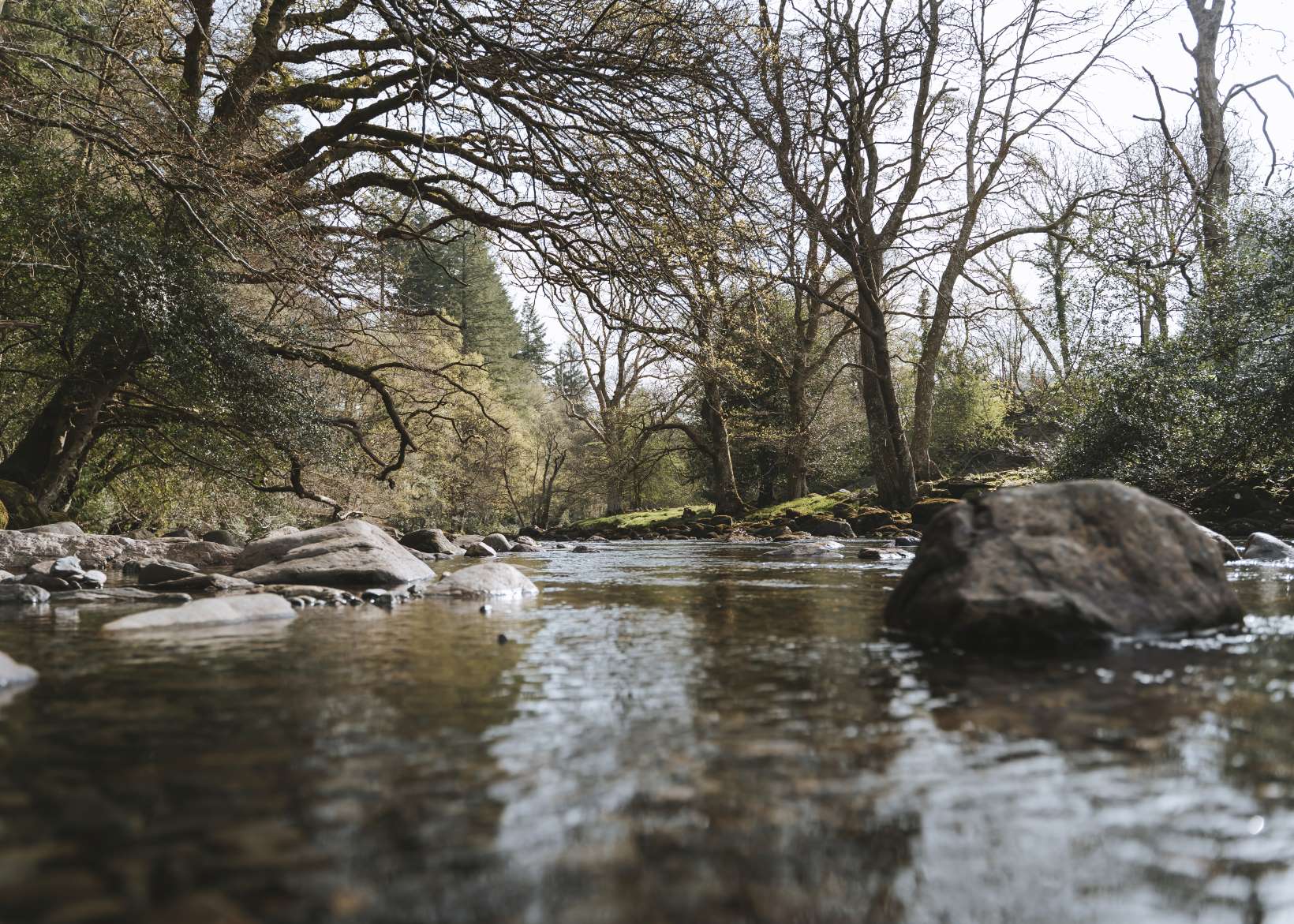
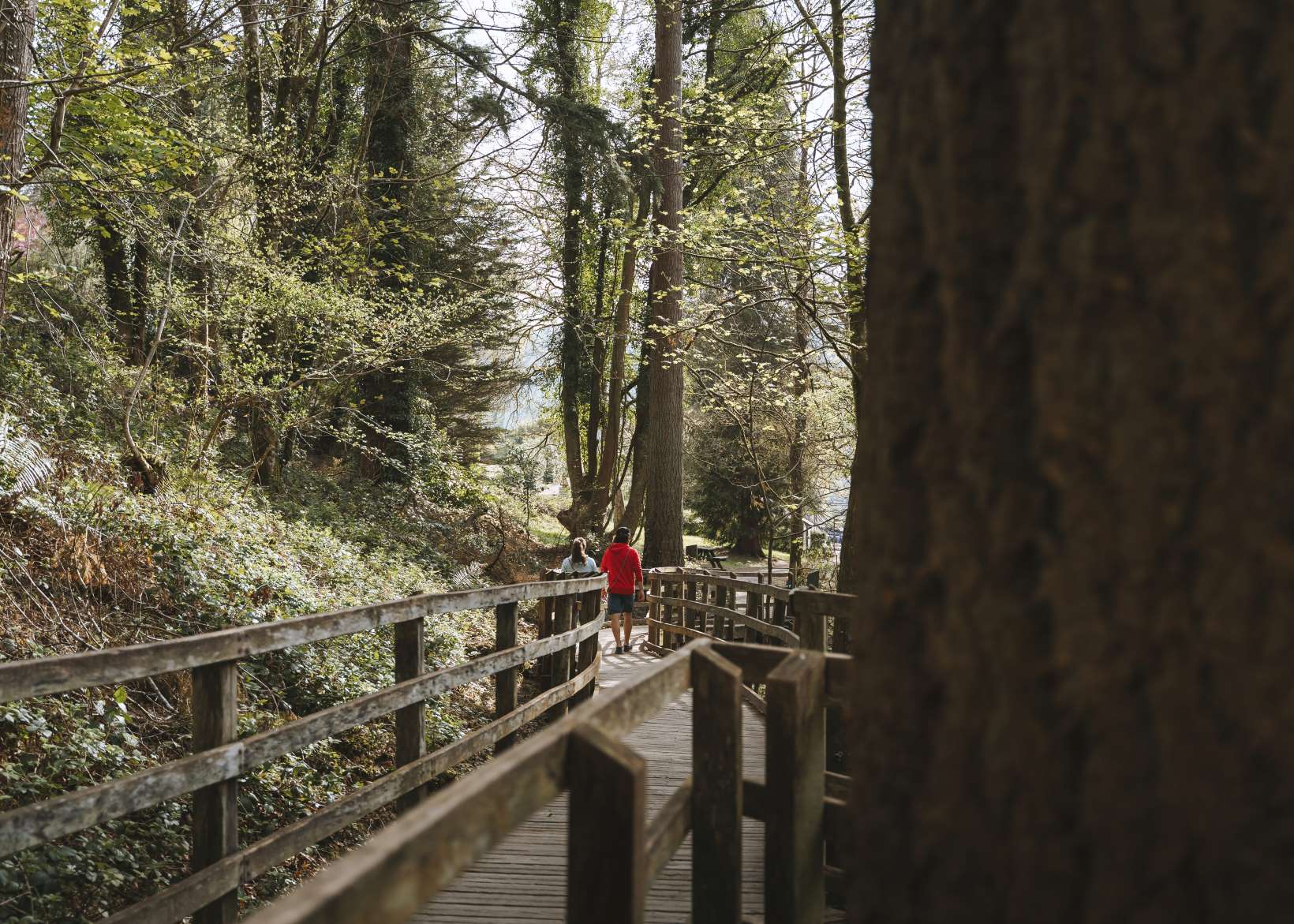
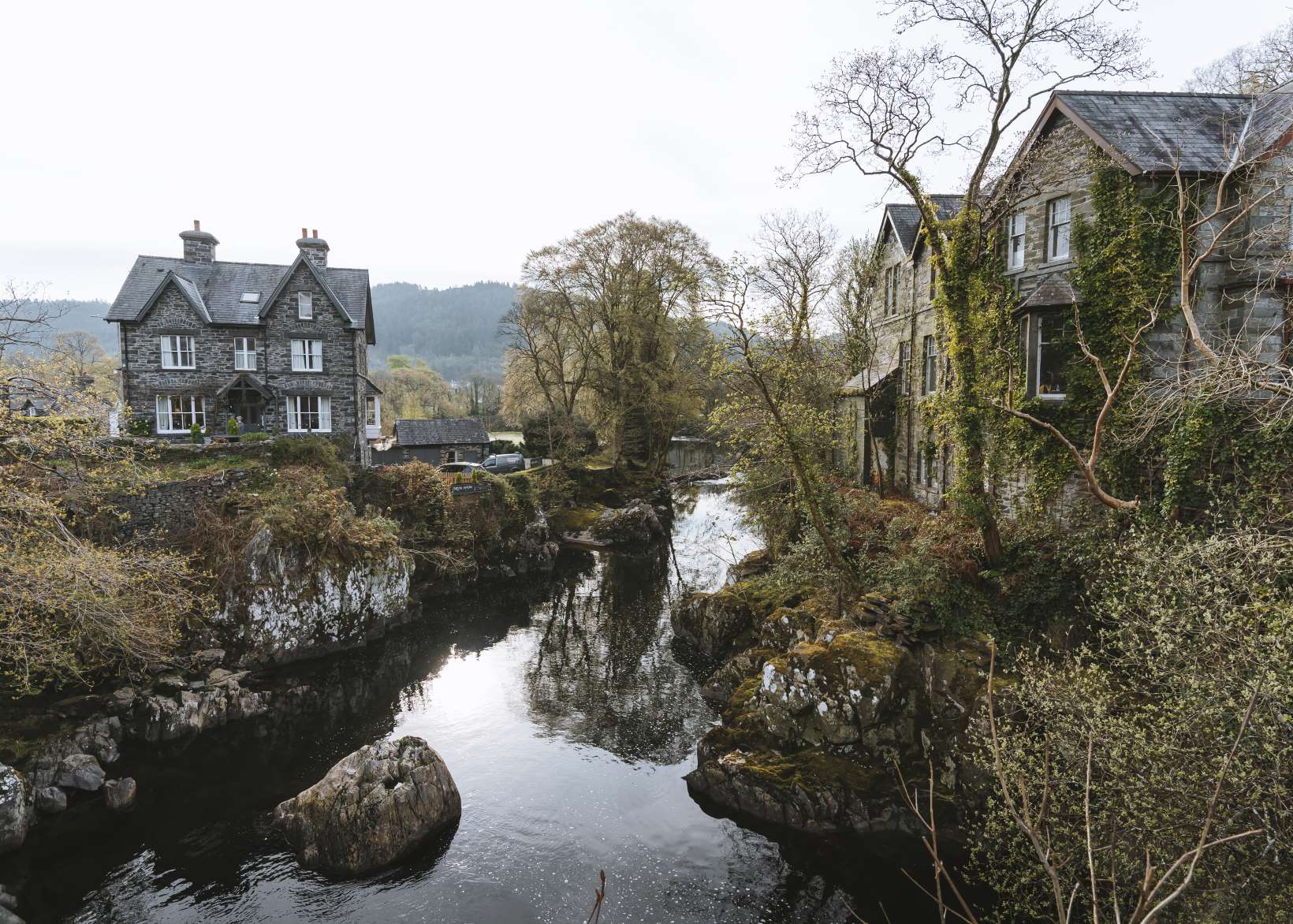

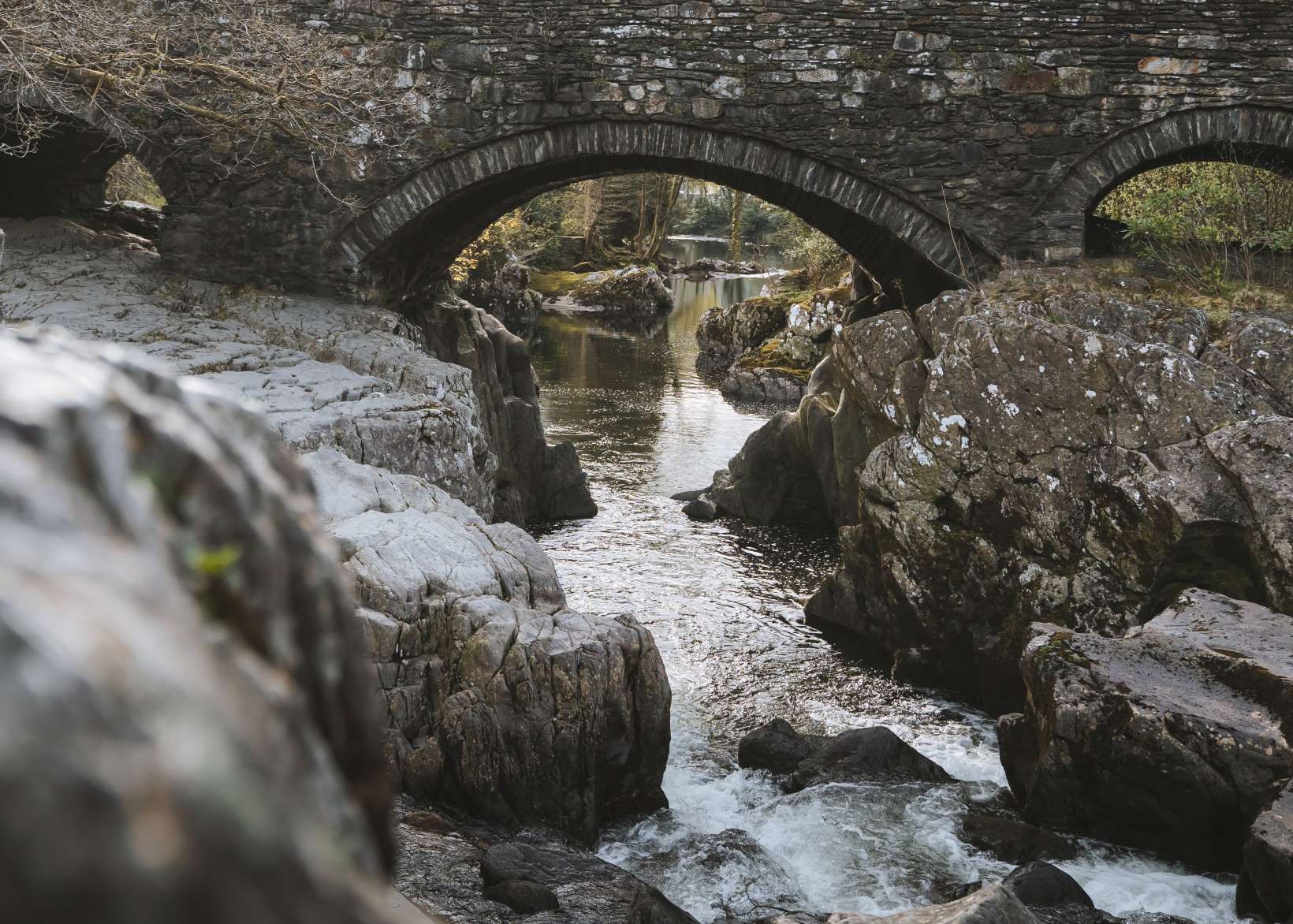
Nestled in the heart of Eryri National Park, Betws-y-coed is a quaint village with a timeless allure. Its history dates back centuries, but it’s rise came during the Victorian era when it became a destination of choice for those seeking an escape from bustling city life.
Betws-y-coed’s popularity as a Victorian destination can still be witnessed today in its charming architecture, adorned with intricate Victorian detailing. As you stroll through the village, you’ll come across delightful craft shops, art galleries, and cosy cafes, all contributing to the villages’s unique and artistic charm.
The village’s idyllic setting amidst lush forests, gushing rivers, and awe-inspiring waterfalls attracted artists and writers who sought inspiration in its tranquil surroundings—particularly during the Victorian era.
At a time when painting rugged countryside landscapes purely in appreciation of its beauty was far from the norm, Betws-y-coed became a haven for artists who were at the forefront of this ground-breaking form of art. Between the late 18th century and throughout the 19th century, such artist as J. M. W. Turner and David Cox became regular visitors to Betws-y-coed depicting a variety of landscapes and scenery from around Eryri including Yr Wyddfa, Dolbadarn Castle, Harlech Castle and Betws-y-coed itself.
The boom in artists visiting the area led to the establishment of the Royal Cambrian Academy in 1881 which is still in existence to this day.
